Designed To Innovate: Warren Beeby
Joseph Maduma
October 3rd 2013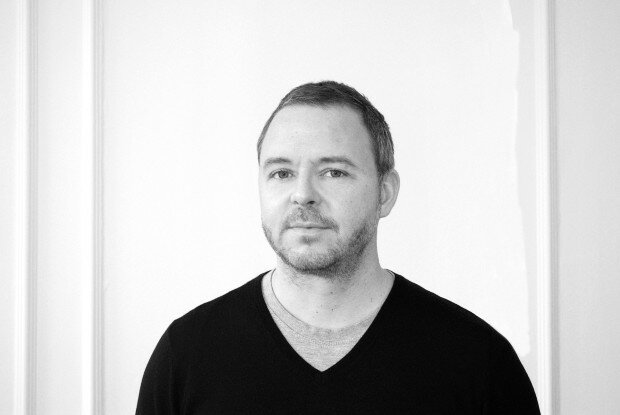
Designed to Innovate is Good Design’s first interview series. It aims to highlight insights, case studies and future trends by means of interviews with some of the thought leaders in the world of design, advertising and branding; Good Design will seek to discover what will shape the social innovation scene in 2013 and beyond.
Designed to Innovate: Warren Beeby
Warren Beeby is Creative Director at Futerra, with over 20 years of experience in the creative industry. He currently works to expand the creative bandwidth and visual language of sustainability and is passionate about connecting people to brands. He works closely with Futerra’s game changing clients to deliver great insight and communication from the inside out.
Trained as a graphic designer, his career began working on magazines including ID and The Face which led him to later become Art Director of Time Out magazine. From here, he moved to design studio Spin working as Creative Director on a string of award winning branding campaigns for Pan-European clients including Levi’s, Channel 4, Orange, Deutsche Bank and Nike.
Having founded his own design studio BB/Saunders he strongly believes that everybody deserves great design and that the best design is the product of a diverse creative culture and young emerging design talent.
Besides a love for design, Warren is a proud father of four and lives with his partner in North London.
In your own words, what is your definition of innovation?
For me innovation is about change.
The ability to deliver positive change by approaching challenges from diverse perspectives — seeing new connections, creating fresh narratives around surprising solutions that make our lives richer.
Do you believe that design has the power to change the world, and if so, how?
The designers’ ability to re-frame problems as opportunities and ultimately give form to the solutions will be invaluable.
But we can’t change the world alone.
A positive future will only spring from a shared belief that we can solve the big scary problems. I believe in people’s power to change the world (plenty of evidence here) and designers are people after all. The complex challenges the world faces will require diverse, engaged and inspired minds from all areas of society.
“I believe in people’s power to change the world (plenty of evidence here) and designers are people after all.”
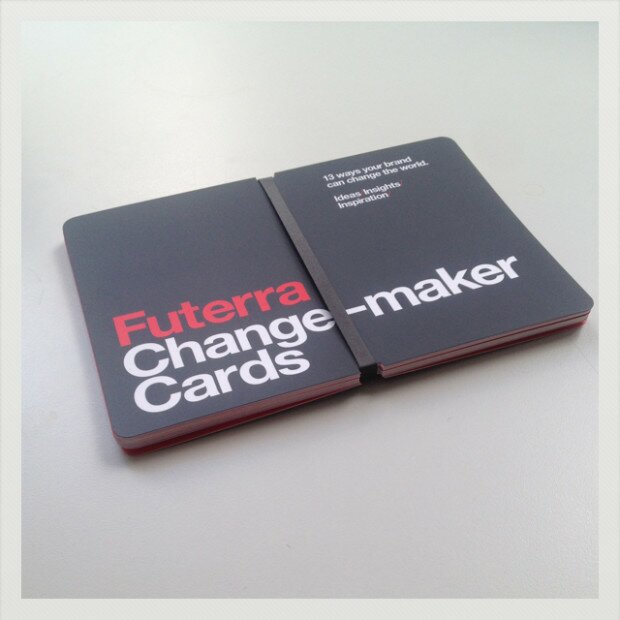
What are the key attributes that brands will need to survive in the future?
Belief, vision, guts, humility and agility.
A unfaltering belief in who they are and why they matter.
The ability to vision where they need to be today and tomorrow.
The guts to drive that vision into reality.
The humility to stay relevant.
Be agile enough to experiment with business models, products and services.
Which challenger brand currently on the market really demonstrates an engaging experience of sustainability through design for the consumer and why?
The Nest Learning Thermostat is a brilliant example of how design can create an engaging experience of sustainability that people just want.
Through a combination of beautiful product design and an intuitive user interface the Nest has succeeded where other smart thermostats have failed. It has changed the status of the humble thermostat to that of a beautiful smart device that fits a person’s lifestyle. It has sustainable behaviour designed in, so this becomes a default for the user and is a rewarding experience that every homeowner would want. Brilliant!
“The Nest has sustainable behaviour designed in, so this becomes a default for the user and is a rewarding experience that every homeowner would want.”
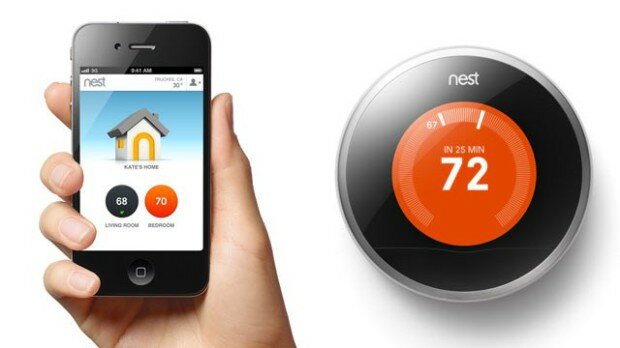
How can design create engaging experiences that can inspire real behaviour change?
I think people want to live happier, healthier and more fulfilled lives. Right up until they have to change their behaviour. On the whole people struggle with behaviour change, especially when it’s a habit or ritual that has been a lifetime in the making.
While Futerra has been experimenting with the psychology of behaviour change for some time, it was relatively new to me – even though I’ve spent years using it to sell the latest trainer, mobile device or TV show.
And here’s the thing – brands are actually really good at driving behaviour change and many of them have the influence and reach to do it at scale. This fact inspired the Futerra Change–maker Cards, a simple tool for brands and creatives to develop ideas that promote behaviour change towards more sustainable lifestyles for their consumers. Thirteen different tactics are split into three categories
Product: Building behaviour change into your product.
Persuasion: Actively influencing behaviour through your marketing.
Placement: Subtly influencing behaviour through your communications content.
“I’m really excited about the opportunity to inspire positive change powered by creativity.”
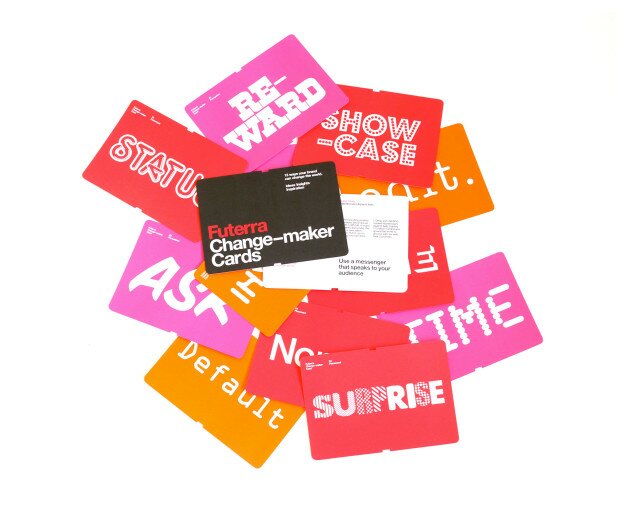
Your background is in design, not sustainability. What are the main differences (or similarities) and have you encountered any surprising challenges along the way? What’s keeping you here?
I’ve been lucky.
I love what I do and have been privileged throughout my career to work with some fantastic people, making work for interesting clients. So that’s one similarity at Futerra.
I like to think my work has always had a purpose driving it, but before arriving at Futerra that was built around my own ideas of creative culture and an obsession with the craft of graphic design. The impact of the work was measured in sales, eyeballs or peer recognition and never in terms of a positive impact on the planet or the people who live on it. It’s been challenging but really rewarding to make work that’s not driven by my own design agenda, and to engage with a diverse group of people to create work with a higher purpose.
When it comes to sustainability I’ve discovered a lot in a short space of time, and the learning curve has been steep! But it still all comes back to finding new ways to engage people through creative insight and compelling stories. I’m really excited about the opportunity to inspire positive change powered by creativity.
A strong internal work culture is vital in creating real innovation. Can you give us some examples of how your internal culture at Futerra helps innovation to flourish?
Futerra has always trodden its own path in the sustainability landscape, asking the big questions and challenging each other, clients and the sustainability community to think differently about where sustainability needs to go and how we might get there.
This culture of challenging the dominant paradigm naturally leads to innovative ideas and a journey that is full of surprises, instead of the regular commute to the same familiar solutions. We laugh a lot which is always a great indicator of the open ‘show & tell’ culture of the company. The ability to enjoy the journey is crucial and a great way of bringing clients and partners along for the ride – as Ed Gillespie our founder (and head chef) says: ‘It’s about having more fun than they are – and letting them know while we’re doing it!’
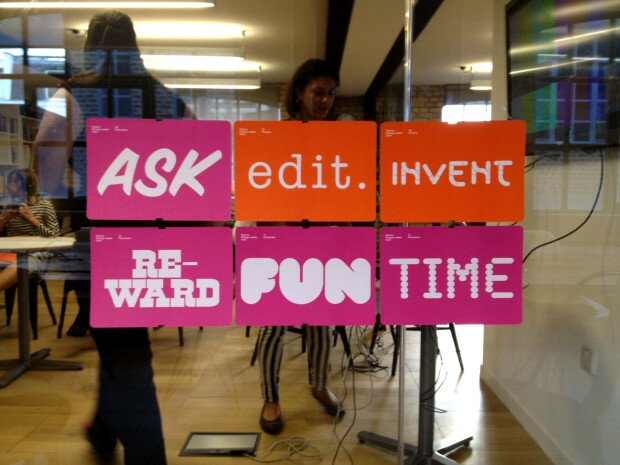
An innovative idea has the power to be world changing. But it is no use if it cannot be scaled. Can you name any examples of big ideas scaled well? Or are there any scaling up approaches that you would like to see applied more to achieve change on a mainstream level?
A great way to achieve scale is to start a conversation when you know the whole world is listening. The work made by Channel 4 to support their coverage of the in 2012 seized such a moment to fundamentally change the way people the world over view disability. With a single ad campaign they shifted perceptions of disability from damaged to SUPER humans and the narrative around the athletes from ‘in spite of’ to ‘because of’. The TV ad was totally captivating and powerfully beautiful with a killer soundtrack. And all without a trace of earnest, worthy, doom-mongering cliché.
“A great way to achieve scale is to start a conversation when you know the whole world is listening.”
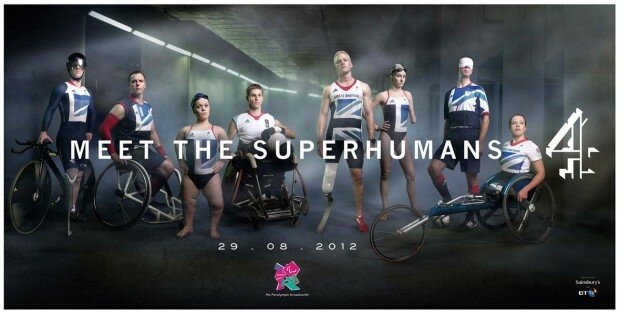
10 years from now what major changes do you hope to see as a result of sustainable and social innovation? What is your vision of a better future?
Wow that’s a big question – where to start?
As energy is the key that could unlock so many of the world’s sustainability and social problems, I think a revolution in renewable energy is what I hope for most. Abundant affordable energy that can bring light, warmth, education and opportunity to half of the world’s population that are truly in the dark after sunset. The idea of local renewable energy flowing through community governed smart grids would be a major step toward a better future.
We have the technology – We just need the masses to demand governments and energy companies deliver it.
“The idea of local renewable energy flowing through community governed smart grids would be a major step toward a better future.”
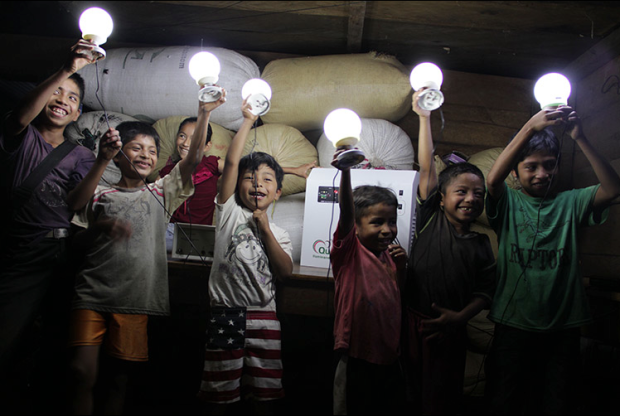
When you retire, what world changing innovation would you like to leave behind or say you have contributed too?
Here you go again with the huge questions.
As a graphic designer I believe it’s my responsibility to push, prod and rage toward a more expansive visual and creative bandwidth for sustainable communication. Global businesses and brands are now waking up to the value of sustainability. The scale and ambition of positive change required will need to be fuelled with the richest palette of creative expression we can muster. A move out of the sustainability niche and away from cliché to inspire change at scale is something I’d love to be part of. In fact let’s just loose the sustainability tag and go for sexy.